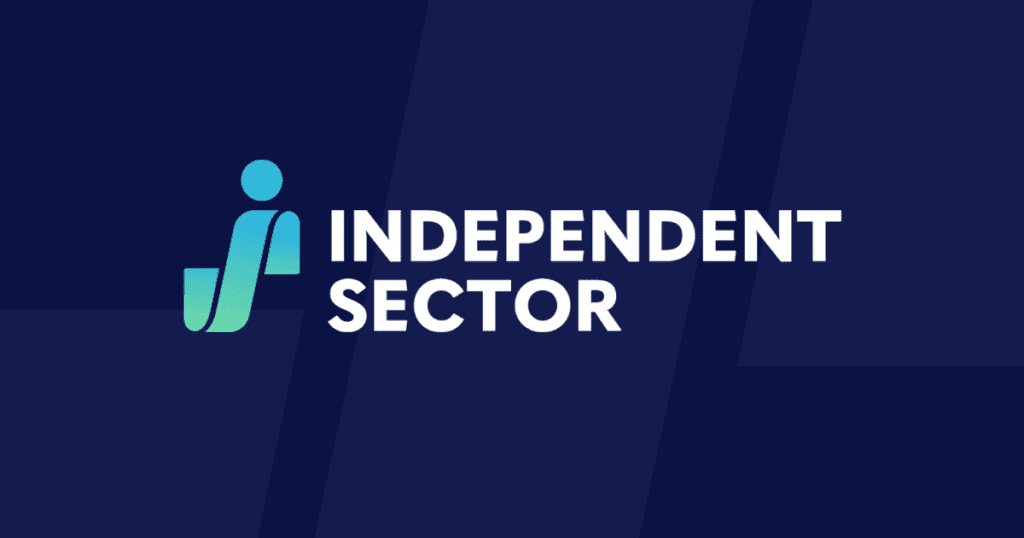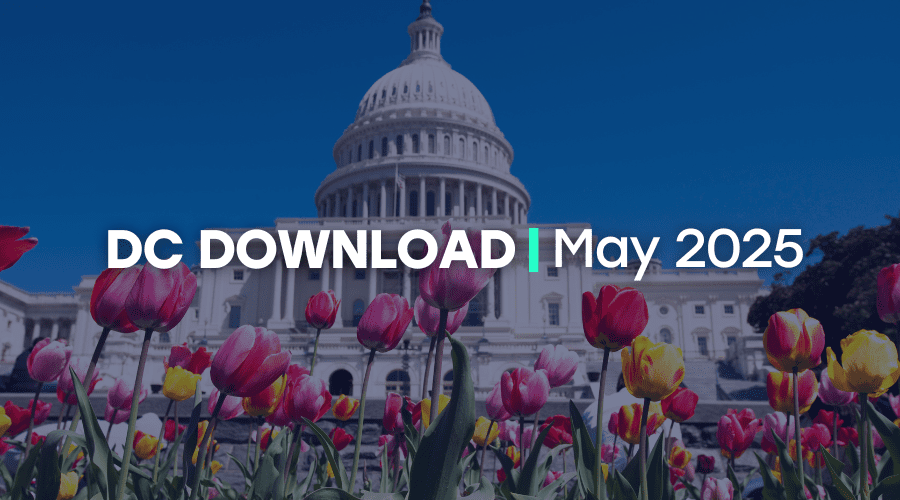We’ve collected another month’s worth of research that interested us and has broad sector relevance. This set comes from recent weeks and includes insights on nationwide voter turnout, key data on health in every U.S. county, the nonprofit leadership gap, charitable giving, preventative health policy, and child poverty.
America Goes to the Polls 2018
This week, in partnership with the U.S. Elections Project, Nonprofit VOTE—a nonprofit that empowers and helps other nonprofits mobilize civic participation—released its seventh biennial America Goes to the Polls report. For every general election, Nonprofit VOTE shares this ranking of voter turnout by state and uses the ranking to examine policies that impact voter turnout in each state. The turnout analysis underscores how policies like Same Day Registration, Vote at Home, and Automatic Voter Registration promote significant turnout, and where the absence of such policies may inhibit eligible U.S. voters’ ability to participate in elections. Apart from the comparisons by state, the report also highlights the historic nationwide turnout in 2018, which set a 100-year record with the highest percentage of eligible voters since 1914 casting ballots. Moreover, the 2018 midterms saw the largest percent of increase in turnout in U.S. history—jumping from a 37 percent increase in 2014 to a 50 percent increase for this most recent general election.
More on the report:
• We know Trump drives turnout. Here’s how states can get even more people to vote.
2019 County Health Rankings
Since 2010, Robert Wood Johnson Foundation’s (RWJF) County Health Rankings project has collected data on health measures in nearly every U.S. county. They publish the findings annually in their County Health Rankings & Roadmaps (CHR&R) report. The rankings underscore how health is influenced by where we live, work, and play as a way of providing a “starting point” for positive change in communities. In addition to detailed local data on health across U.S. communities, the report includes information on local resources that can empower leaders, residents, and community changemakers to implement interventions that give everyone a fair shot at leading the healthiest life possible. In the 2019 CHR&R report, which was released this week, RWJF and University of Wisconsin researchers focused closely on how access to secure and affordable housing impacts a particularly important measure of health: life expectancy.
More on the report:
• The healthiest communities in the U.S. are the ones where people can afford homes
Race to Lead: Women of Color in the Nonprofit Sector
Since 2017, Building Movement Project’s (BMP) Race to Lead reports have shined a light on the racial leadership gap in nonprofits. At the end of February, BMP put out the latest in the Race to Lead series, a report focusing on women of color. Kristina from our team had the opportunity to speak with BMP’s Ofronama Biu earlier this month about the new report, which shows that the systemic barriers to career advancement that women of color encounter are well beyond even those faced by white women and men of color. BMP’s report includes recommendations for turning the tide that focus on systems change, organizational change, and individual support for women of color in the sector. You can check out that Q&A as well as the links to the two stories below to learn more about this report and the entire Race to Lead series.
More on the report:
• Study: Women of Color Face Systemic Challenges in Nonprofit Careers
• Report Identifies Barriers to Nonprofit Advancement for Women of Color
United Way Worldwide Research Brief 2019
A United Way Worldwide analysis of about 9,000 households published in late February stokes some of the concern among the nonprofit community regarding the status of itemizers under new tax law. Under the law, which doubled the standard deduction, 21 million fewer taxpayers were expected to itemize on their 2018 tax returns. In their new research brief, United Way found that the percentage of taxpayers who give to charity but do not itemize their charitable deductions has already been on the decline, falling from 52 to 40 percent between 2004 and 2014. During the same period, overall giving by itemizers fell from 88 to 82 percent. Nonprofits must wait to understand the full impact on overall giving of the doubled standard deduction. But the decline in both the number of taxpayers who itemize and overall giving from those taxpayers well ahead of the 2017 tax law suggests that giving may take a hit in the long run.
More on the research:
• Percentage of Non-Itemizers Who Give to Charity Is Declining, Study Shows
Promoting Health and Cost Control in States
In late February, Trust for America’s Health analyzed state-by-state action on 13 policies proven to have a long-term impact on overall health, ranging from universal pre-kindergarten and paid sick leave to tobacco and alcohol taxes and syringe-access programs. The effort was inspired by a need to illustrate that the overall health of a community depends on more than just the amount of money society invests in health care. In other words, although the U.S. spends about $3.5 trillion a year treating health conditions, we do comparatively little at scale to prevent disease and illness. The report is intended to give states a snapshot of preventive health interventions they can make through policy and education.
More on the report:
• Nontraditional policies help NY improve public health
A Roadmap to Reducing Child Poverty
On the very last day of February, the National Academies of Sciences, Engineering and Medicine put out a report detailing a few simple interventions that, if enacted, could cut child poverty in the U.S. in half over the next ten years. Though the cost of the investment would be high—at least $90 billion a year—the report underscores that it would cost much more to not intervene. The group’s estimates have the current cost of child poverty in the U.S. sitting somewhere between $800 billion and $1.1 trillion a year. Insofar as recommendations for how to proceed, the report outlines two packages. The first would expand both direct assistance and existing programs that encourage work. The second would entail expanding the earned income and child care tax credits, raising the minimum wage, and eliminating restrictions on immigrant families’ access to government aid.
More on the Scorecard:
• Report: Child Poverty Could Be Cut In Half Over 10 Years, At A Hefty Price
Add Your Voice
The research summaries above are by no means an exhaustive list of the newest information out there to help us better understand the nonprofit landscape. So if we missed a report you think we should know and share about, let us know by leaving a comment!



